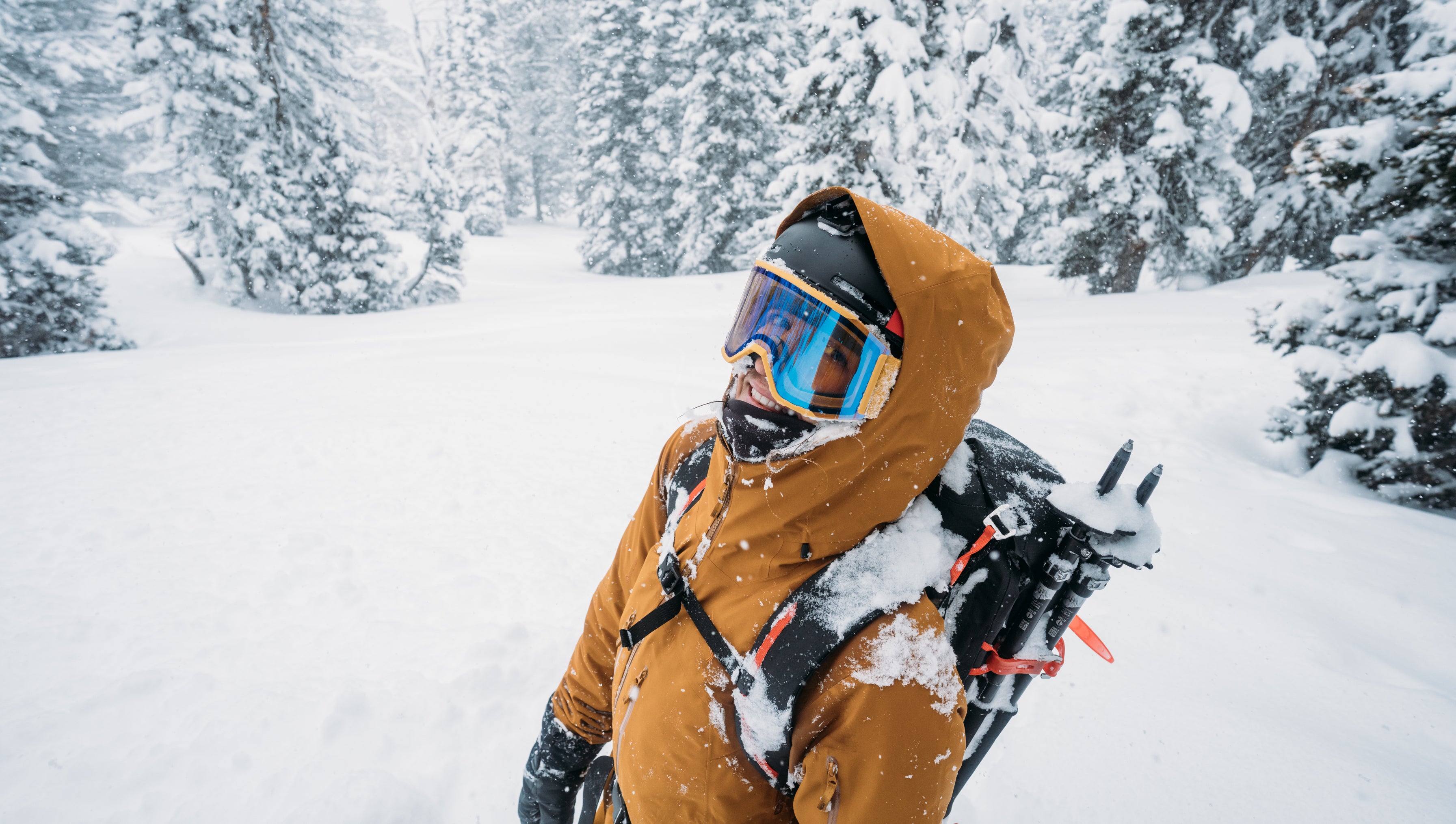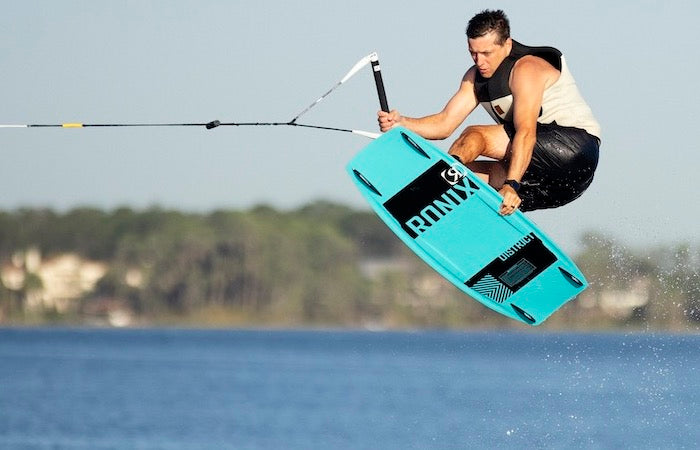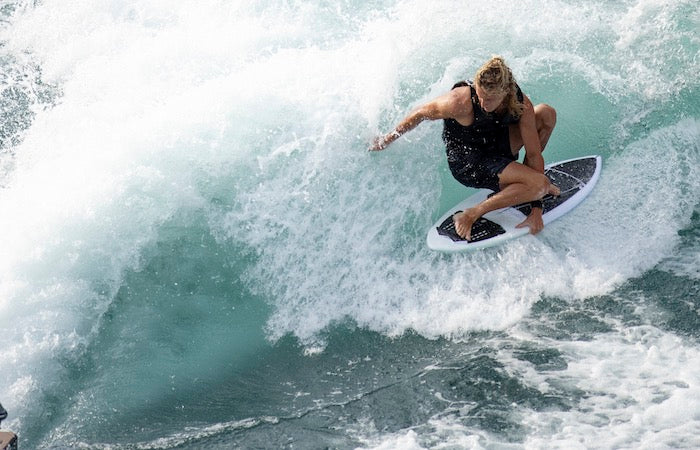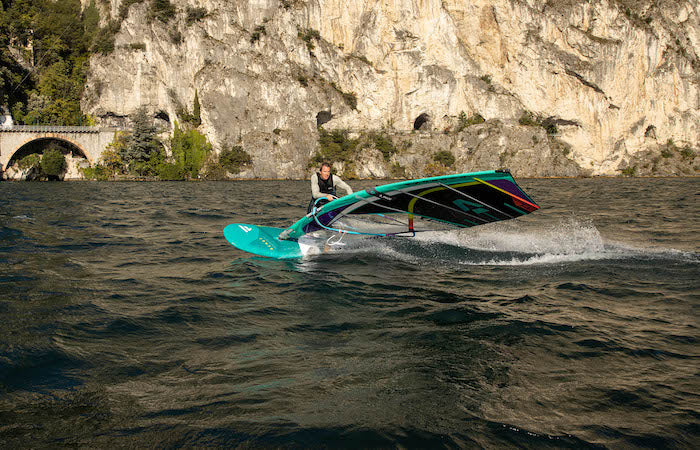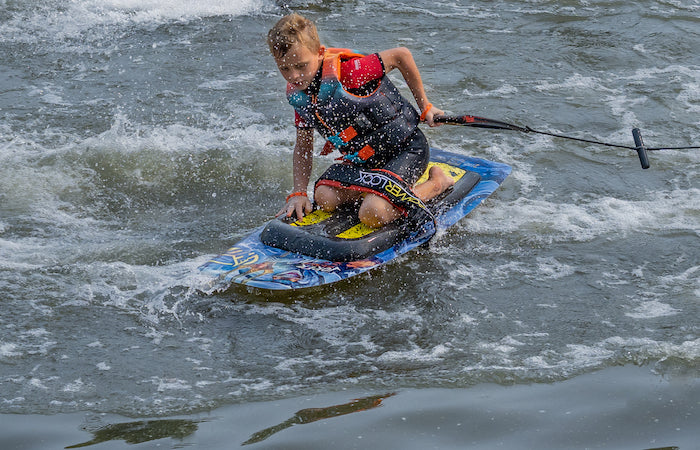So, you’ve done your time on the snowshoes, or tried converting to skiing and realised it’s just not the same. Or maybe you just skipped right to the good part – buying your first Splitboard set-up. The initial daunting purchase is out of the way in choosing the perfect board, now where do you start with choosing the right binding to go with it? The various options and intricate differences can seem overwhelming at first, so that’s where we come in! Here is our breakdown of the Splitboard binding world, to help guide you to your next purchase and next adventure.
The best place to start is differentiating between the two main Splitboard binding systems currently on the market: the slide-on, and the drop-on. Below we go through both options, considering benefits and limitations on each, as well as which brands favour which system.
Slide on bindings
Brands using this system include Spark R&D, Voile, Burton, K2, Nitro.
Transitioning in and out of ride mode using this style of binding involves sliding the base plate over two pucks mounted on your Splitboard, with either a locking mechanism or pin to hold it in place.


Pucks come with a template for mounting and both Spark and Voile pucks are compatible with all the slide on bindings we sell. Spark Arc, Spark Surge, Spark Arc Pro, Burton Hitchhiker and Nitro Vertical have the locking mechanism at the toe, whereas Voile Light Speed, Voile Light Rail and K2 Farout have the locking mechanism under the heel. The Spark Blaze is the only Splitboard binding we sell with a pin as opposed to a locking mechanism.
Securing the binding in walk mode is done at the toe in all cases, through either a locking mechanism attached to the board, or utilizing the toe locking mechanism or pin used to secure the binding in ride mode.
Price difference between models in this category is often down to stiffness of the high back and baseplate, quality of the toe and ankle straps, and optional extras such as whether the binding has a heel lock in walk mode (which is something that can be purchased and retrofitted as an add-on).
Something which could be considered a drawback with this style of binding is the potential for wear, both on the pucks and the baseplate of the binding from sliding back and forth for transitions. Some people also argue that the slide-on method is less effective at pulling the two halves of the Splitboard together in ride mode. Therefore, price point for this style of bindings is reflective of these two factors.
Drop on bindings
Brands using this system include Karakoram, Plum.
Drop on bindings share the same basic idea in using hardware fixed to the board and a locking mechanism on the binding to attach the two together. The key difference here is that the binding is placed on top of the hardware and then fastened into place, rather than sliding parts together to achieve the same goal.
 .
. 
Both Karakoram and Plum bindings come with everything in the box, so no need to purchase anything additional to get started (like pucks). Karakoram bindings have the locking mechanism at the heel of the binding, where Plum have this adjacent to the base plate.
Securing this type of binding in walk mode is also done at the toe, with the same locking mechanism used in ride mode for the Plum bindings, and a locking mechanism on the mounted hardware for the Karakoram bindings.
This style of Splitboard binding is believed to hold the two sections of board together across the split more effectively, hence the higher price point overall. Other elements effecting the price are similar to those mentioned above, including the quality of the ankle and toe straps, materials used in the construction of the binding, and the stiffness of the high back. Most models in this category will come with a heel lock, but this is again something that can be retro fitted.
All in all, every model we sell is a high quality Splitboard binding, capable of safely getting you out on your next adventure. The main points of differentiation in choosing which one is right for you are personal riding preference (a stiffer or more forgiving binding), importance of the ‘extras’ (like built in heel-locks and cushy ankle straps) and budget.











